A INTELIGÊNCIA ARTIFICIAL COMO FERRAMENTA DE PESQUISA EM DIREITO E OS PARÂMETROS PARA A FIXAÇÃO DE CRITÉRIOS ÉTICOS E PROCEDIMENTAIS
Introduction: The Fourth Industrial Revolution, driven by Artificial Intelligence (AI), and particularly by Generative AI (GenAI) popularized by ChatGPT in 2022, has transformed academic research, exposing a notable gap, especially in the legal field, regarding the definition of ethical and procedural criteria for its use. The central question of this research sought to establish ethical and procedural parameters for the employment of AI in legal research, ensuring intellectual honesty and data integrity. Aims: To this end, the general objective consisted of analyzing the use of AI as a tool in legal research and identifying ethical and procedural guidelines. Specific objectives included the delimitation of AI, itsmodalities, characteristics and attributes; the identification of its applications in the stages of legal research; the survey of ethical criteria in higher education documents; and the proposition of specific parameters for the legal field. Materials and methods: Methodologically, the research utilized the systemic method, supported by documentary and bibliographic research, and the historical method. An initial literature review was conducted, followed by the systematization of institutional guidelines. For the elaboration of ethical guidelines, GenAI NotebookLM was employed for systematic analysis of sources, but the curation and pre-processing of sources were rigorously supervised and validated by humans, without the use of GenAI. Results: The results indicate that AI, from its distinction between weak and strong AI to its evolutionary “tribes” and “waves,” can be a valuable support in various phases of legal research, such as problem identification, literature review, and initial content generation. However, its application requires continuous critical validation due to the risk of “hallucinations” and inaccuracies, and prompt engineering is fundamental for effective results. The “black-box” nature of models and the inheritance of biases in training data highlight the urgent need for user training and critical evaluation. Final considerations: In summary, the research proposed three fundamental steps for an “Initial Protocol” for ethical use of GenAI in legal research, aligned with Unesco recommendations. These steps encompass: 1) Transparency and Attribution of GenAI Use, clearly declaring the tool and purpose; 2) Critical Validation and Reliability of Results, combating “hallucinations” and biases; and 3) Understanding AI Limitations in Legal Reasoning, recognizing it as a support tool and not a substitute for high-impact decisions, given its difficulty with the non-gradual evolution of Law. The implementation of these criteria is essential to ensure scientific integrity and intellectual honesty in legal research, facing the challenges of technological evolution and legal complexity.
Keywords: Artificial Intelligence; Legal Research; Ethics; Generative AI; Procedural Criteria.
Para validarmos seu voto, por favor, preencha os campos abaixo. Alertamos que votos duplicados ou com CPF inválido não serão considerados.






